Morgan Jones
Nacimiento : 1879-01-01, Denver, Colorado, USA
Muerte : 1951-09-21

Butler
Wharton creates a portrait of a stunning beauty who, though raised and educated to marry well both socially and economically, is reaching her 29th year, an age when her youthful blush is drawing to a close and her marital prospects are becoming ever more limited. The House of Mirth traces Lily's slow two-year social descent from privilege to a tragically lonely existence on the margins of society.

Jenkinson
The production vindicated the new feature-length movie format by restoring several characters, plot complications, and atmosphere that had been truncated in Thanhouser’s 1910 version of less than one-sixth the length.
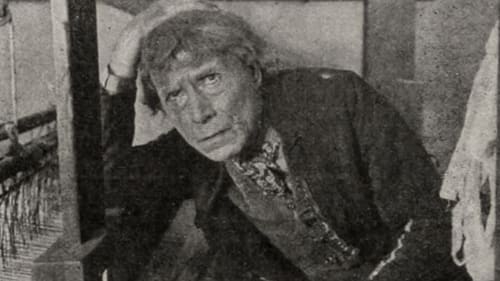
After having been wrongly accused of murder and robbery, a heretofore kindly and gregarious weaver becomes a nasty, bitter, lonely old miser. Originally a seven-reel picture, a three-reel re-release survives.

Judge Moran
The Long Arm of the Secret Service
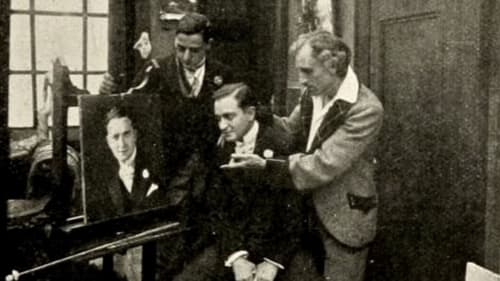
The Thanhouser Company's two-reel adaptation of Oscar Wilde's eponymous novel. “The plot is unusual, and even though none of the familiar epigrams of the author find their way into the subtitles there is an artistic flavor to the production. Dorian's picture shows evidence in the passing years of his selfish, dissipated life, though his own countenance remains unchanged. Harris Gordon handles the leading role effectively, and Helen Fulton was pleasing as the ill-fated young actress who won Dorian's heart." - The Moving Picture World, July 31, 1915.

An innocent man is accused of murdering his aunt.
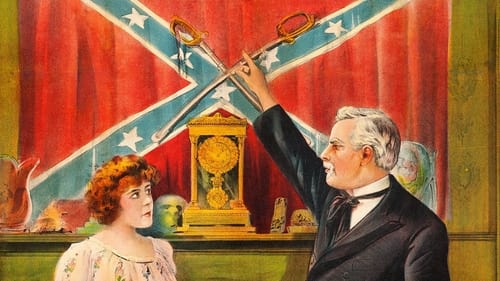
The Colonel
The Colonel, for many years, has lived in the past, reverencing the lost cause of the Confederacy and hating all Northerners. When his daughter, Rose, named for her mother, falls in love with a New England youth, he haughtily refuses his consent. Rose and John Hewins run away and are married.
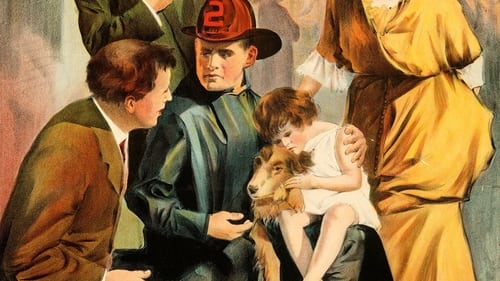
Mayor Southwick
Little Helen, Mayor Southwick's child, straying away from an automobile party, gets lost in the woods. She comes to the house where the her father's political rival holds his secret conferences, and he orders his housekeeper to keep guard over the child while he motors to the city. His plan is to hold the child until her father has signed the bills he wants passed.

A Detective
Dr. Mureaux, a widower, has an only daughter, Ruth. One night when her father is away, a burglar breaks into the house. Ruth displays great courage, winning the admiration of the intruder. She questions him about his mode of living and finally induces the man to promise that he will return in a few days when she will do all in her power to get him an honest job.

Mr. Gladwin
Mr. and Mrs. Gladwin, a wealthy, childless couple, make the mistake of lavishing upon a dog all the affection and care which should have gone to some forlorn human being. The dog is not happy in his unnatural surroundings, and on the first opportunity, he runs away to the home of Mrs. Smith, the Gladwin's washerwoman, where he is in his element frolicking with Bobbie Smith's dog. When the Gladwins find him there, they see their error. They take Mrs. Smith and her boy home to live in their beautiful house, and the two dogs are given a kennel in the yard.

Helen Gray, the daughter of a hard working carpenter, receives the attention of her employer, much against her father's will. On her birthday, Mr. Adams invites her to dine with him and presents her with a handsome bracelet. That night, on Helen's return home, at twelve o'clock, her father, who has waited up for her, upbraids her.
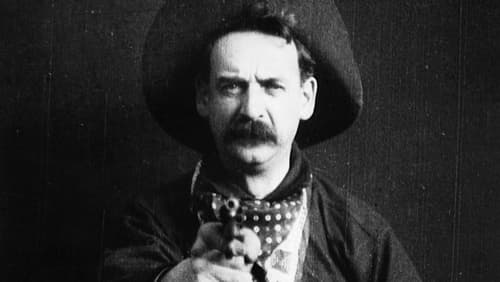
(uncredited)
Narra el asalto a un tren por parte de unos bandidos. Escrita y dirigida por Edwin S. Porter, a quien se le atribuye en ocasiones la paternidad del cine de ficción, Porter trabajó en el estudio de Thomas Alva Edison, creando la que sería la primera película estadounidense importante. De 8 minutos de duración, "Asalto y robo de un tren" influyó de forma decisiva en el desarrollo del cine porque incluía innovaciones como el género escogido (western) y sobre todo el montaje de escenas filmadas en diferentes momentos y lugares para componer una unidad narrativa. Al hacer esto, Porter inició el montaje, uno de los fundamentos de la creación cinematográfica, proceso en el que diferentes fragmentos elegidos de las diversas tomas realizadas —o disponibles— se reúnen para conseguir un conjunto coherente.









